Bolen High
50 Best Black Movie Blogs in 2025
| Featured
As the Founder of FeedSpot, I would like to congratulate you as your blog collection WalterFilm’s >> African Americana has been selected by our panelist as one of the Webs’ Top 50 Black Movie Blogs
This is the most comprehensive list of Top 50 Black Movie Blogs…
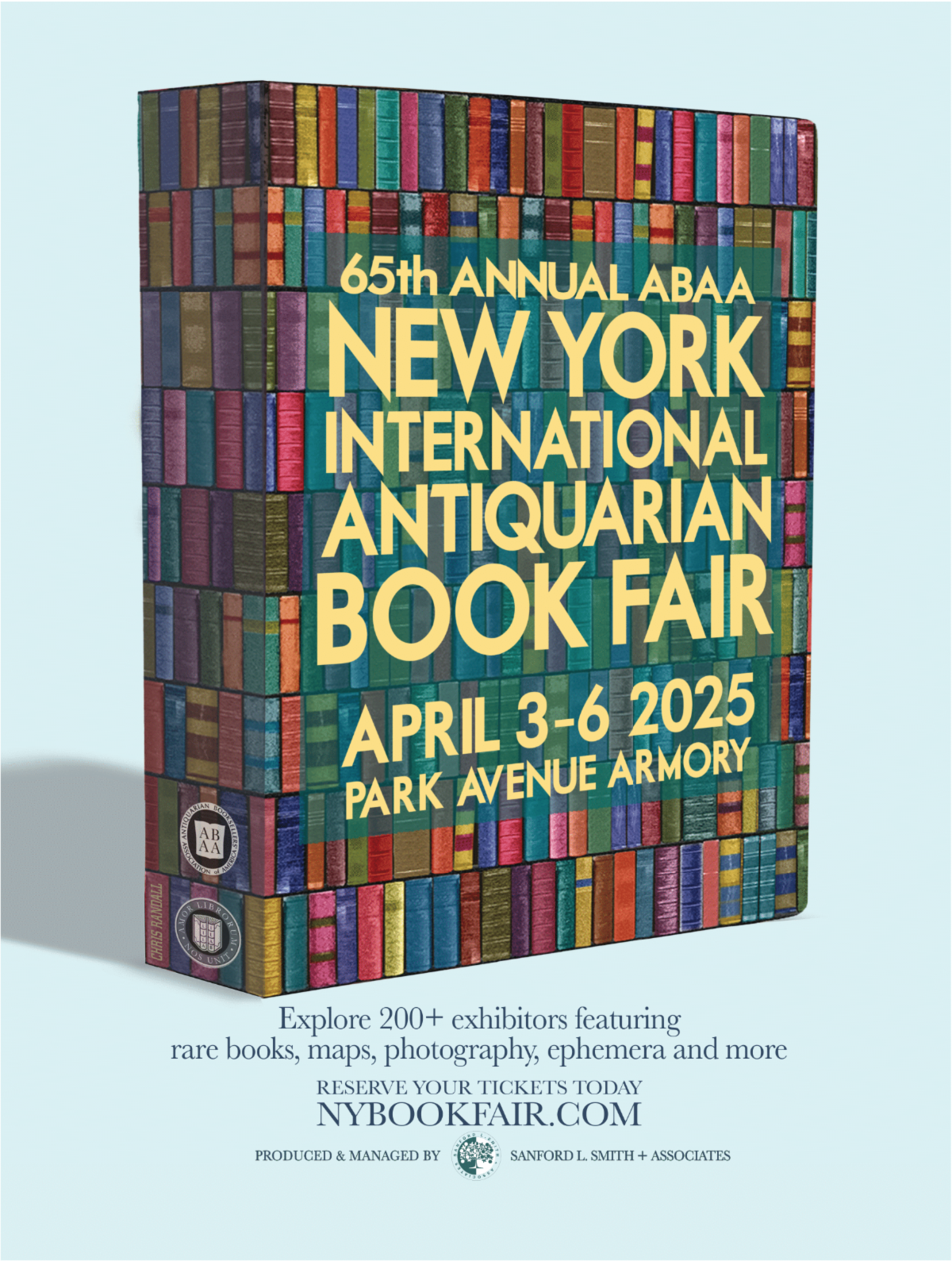
65th Annual International Antiquarian Book Fair
Welcome to all our clients and friends…
The NYIABF has been called “the biggest on the rare books calendar of events” (Forbes), “…a cultural pillar of New York…” (ArtDaily), and “…the world’s finest antiquarian book fair” (Time Out NY) Experience the enchanting realm of literary treasures at…
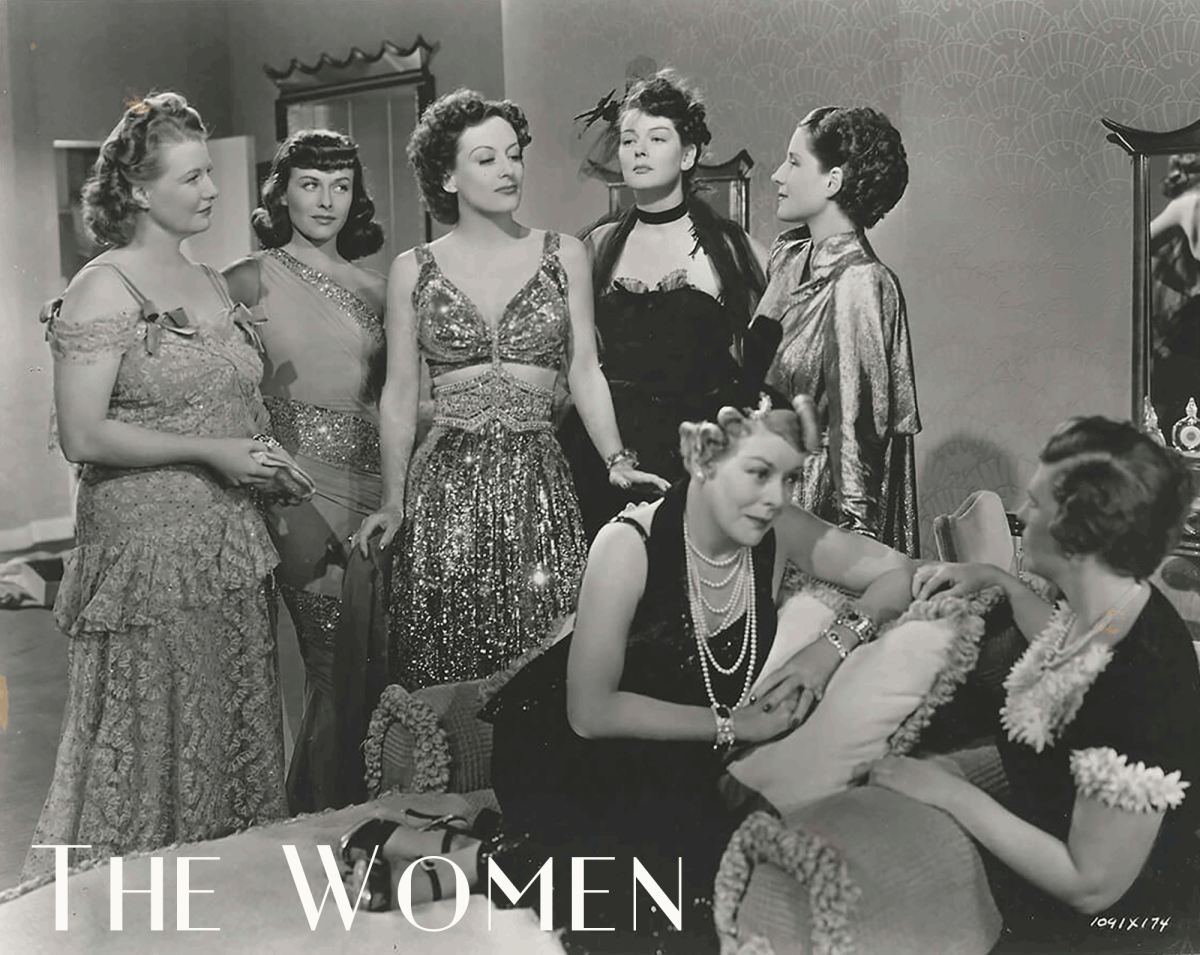
“THE WOMEN” of the Silver Screen
| Celebrating Women’s HistoryI Film, Film & Movie Star Photographs, Hollywood History, Movie Memorabilia, Star Power, Vintage Original Publicity Photographs, Vintage Original Studio Photographs
CELEBRATING “WOMEN’S HISTORY MONTH”
March is Women’s History Month with the theme for 2025 being “Moving Forward Together! Women Educating & Inspiring Generations.”
It celebrates the collective strength and influence of women who have inspired generations and&nb…
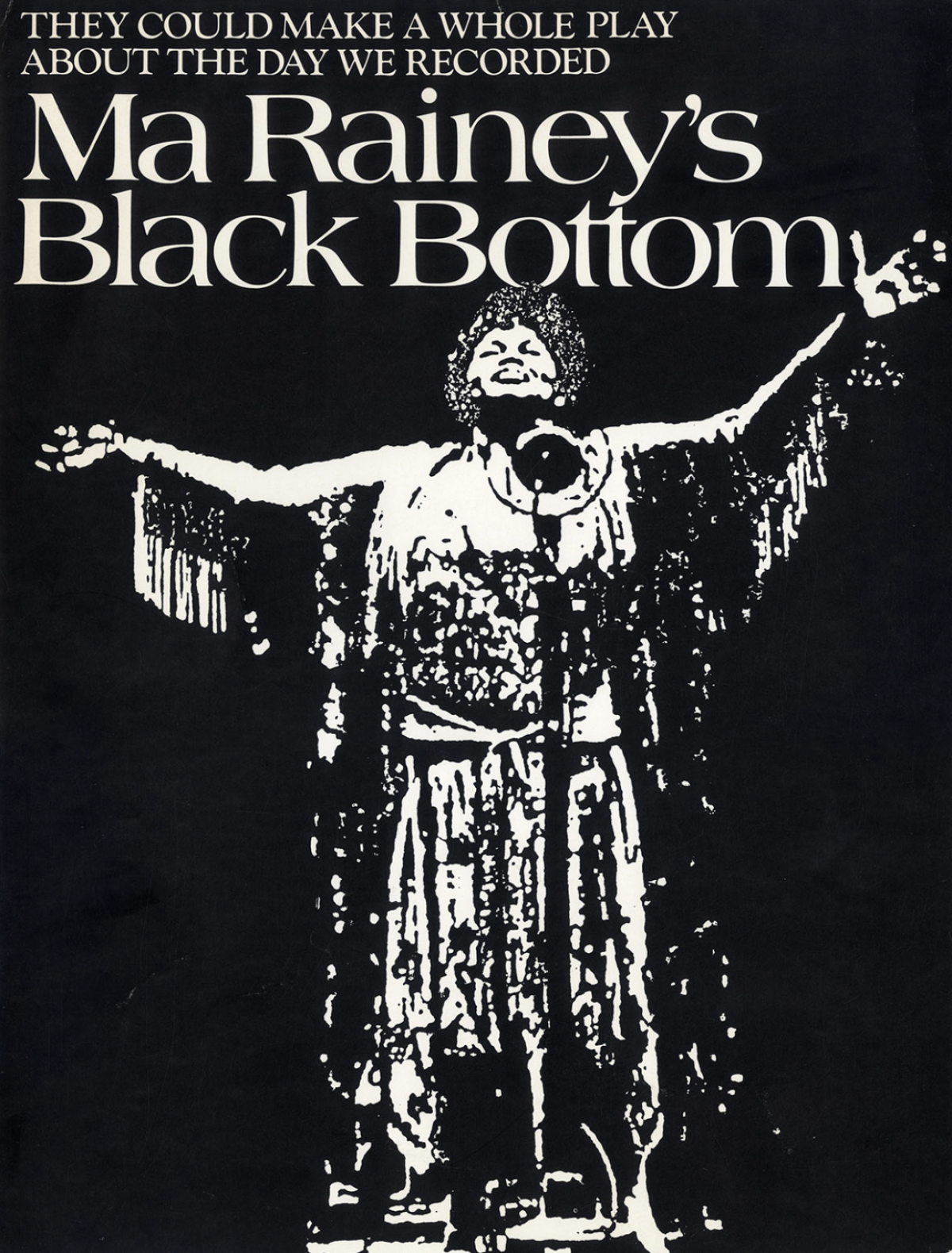
Celebrating Black History Month
African-American Writers
Walter Film established a designated section in it’s comprenehsive collection that includes black artists, film makers and writers, such as the likes of Lorraine Hansbury, Maya Angelou and Scott Joplin, all represented here.
Blaxploitation
After the cultural misre…
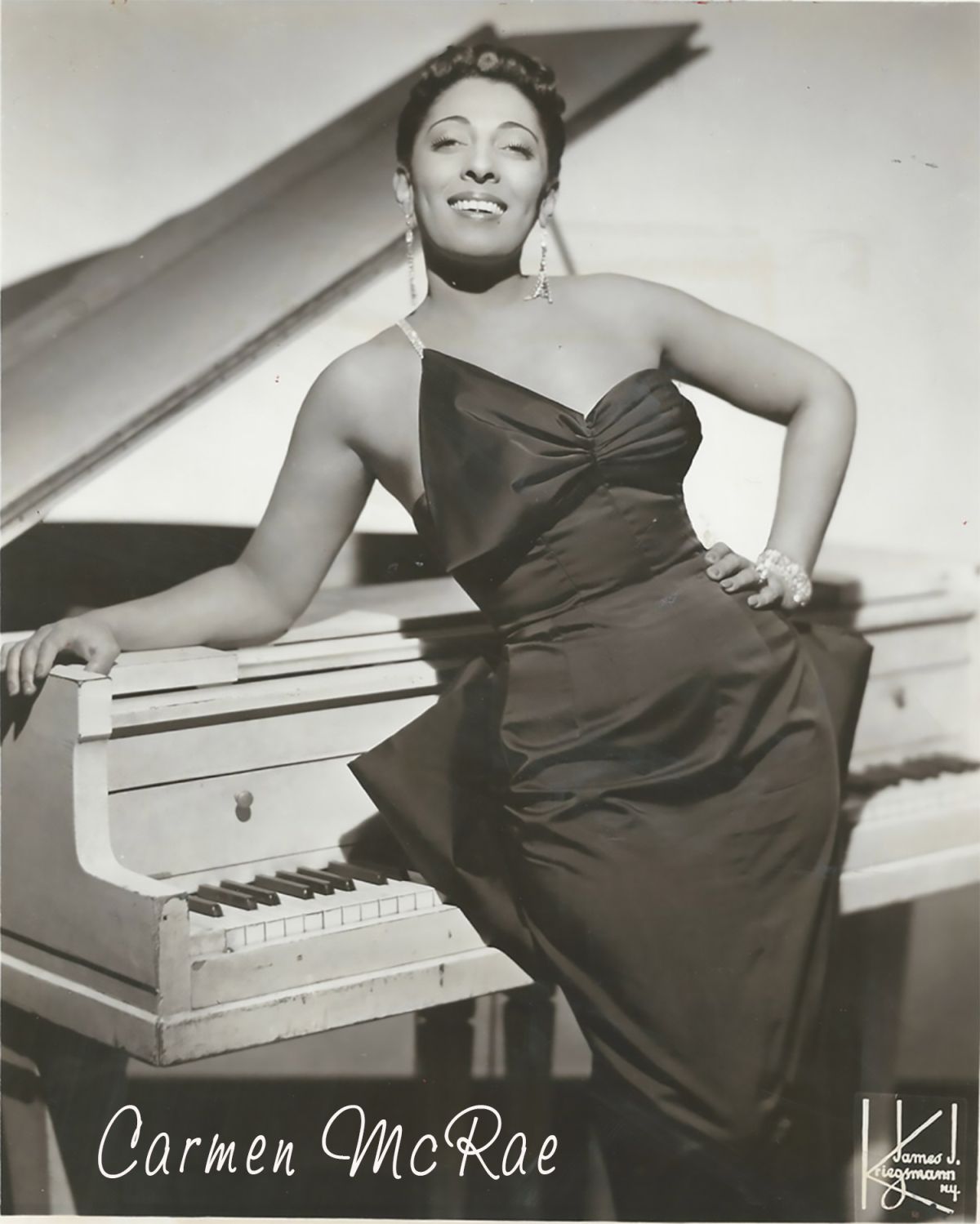
A Taste Of Jazz
BLACK HISTORY MONTH
In celebration of Black History Month, WalterFilm is pleased to provide this profile on the seminal contribution African Americans made in the birth and evolution of Jazz.
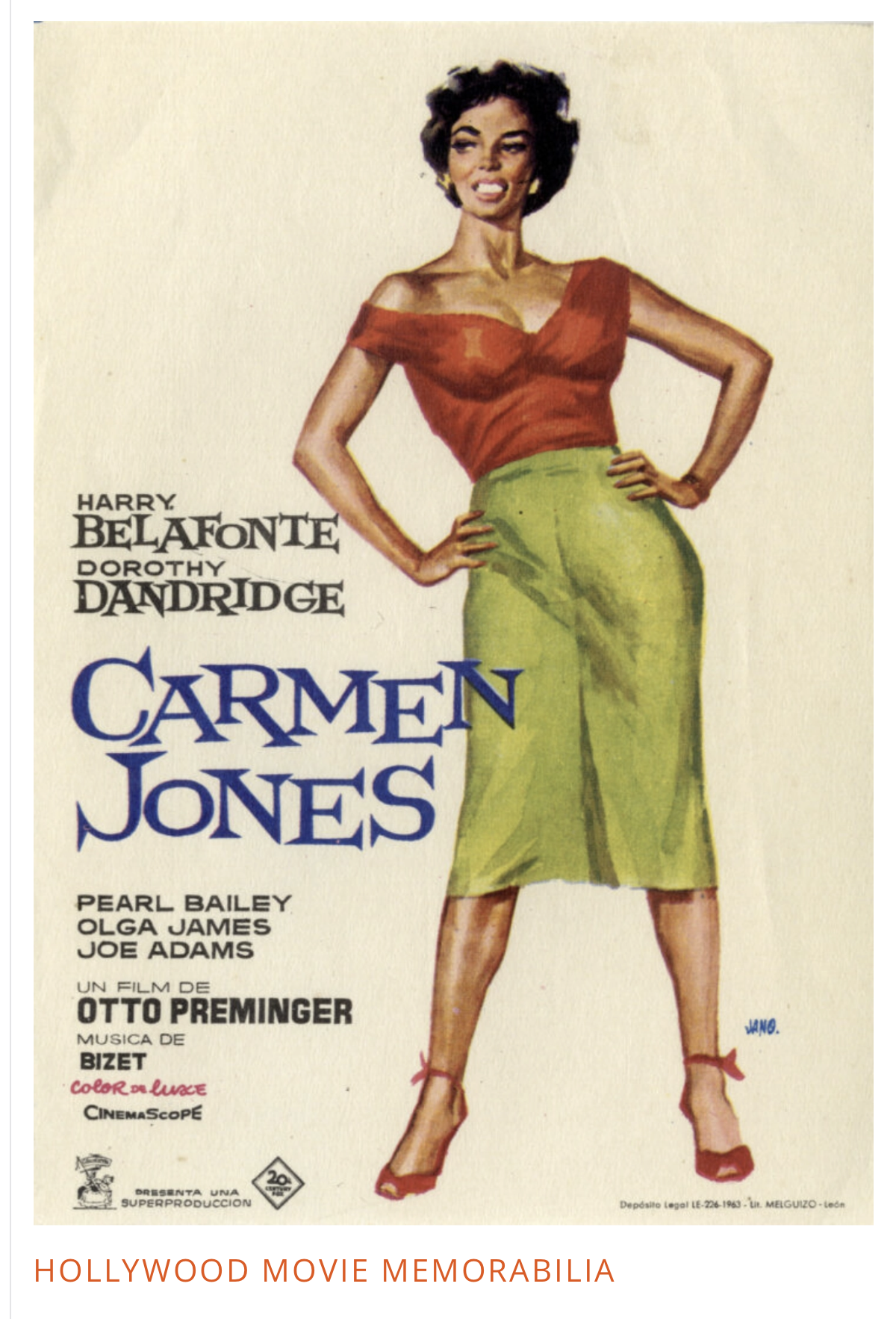
Hollywood Movie Memorabilia
One of WalterFilm’s website “Collections” is titled “Hollywood Movie Memorabilia.” And while the term Memorabilia has a simple definition, “objects treasured for their memories or historical interest”, it doesn’t quite define or describe what Walter’s Hollywood Movie Memorabilia offers.
Recent Posts
Categories
- African American Movie Memorabilia
- African Americana
- Black History
- Celebrating Women’s HistoryI Film
- Celebrity Photographs
- Current Exhibit
- Famous Female Vocalists
- Famous Hollywood Portrait Photographers
- Featured
- Film & Movie Star Photographs
- Film Noir
- Film Scripts
- Hollywood History
- Jazz Singers & Musicians
- LGBTQ Cultural History
- LGBTQ Theater History
- Lobby Cards
- Movie Memorabilia
- Movie Posters
- New York Book Fair
- Pressbooks
- Scene Stills
- Star Power
- Vintage Original Horror Film Photographs
- Vintage Original Movie Scripts & Books
- Vintage Original Publicity Photographs
- Vintage Original Studio Photographs
- WalterFilm
Archives
